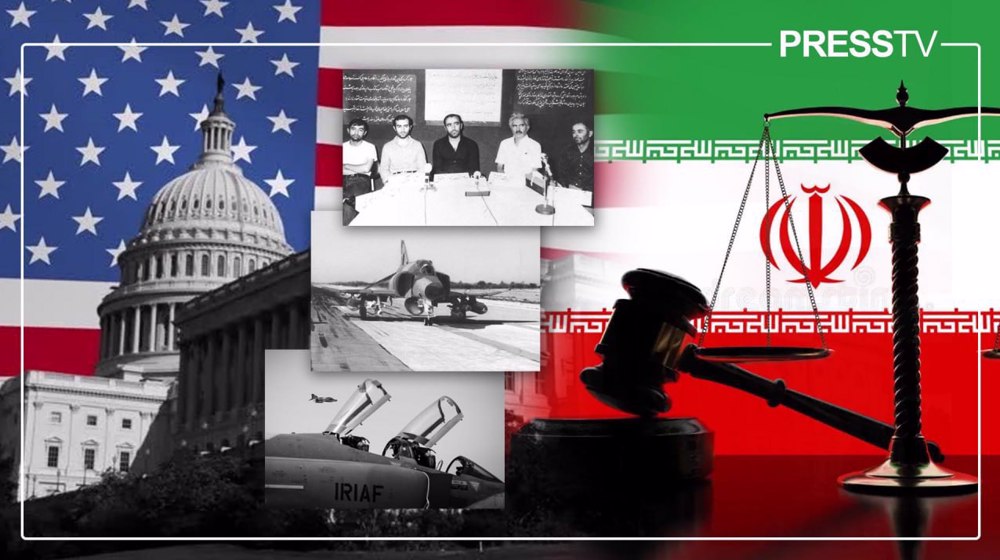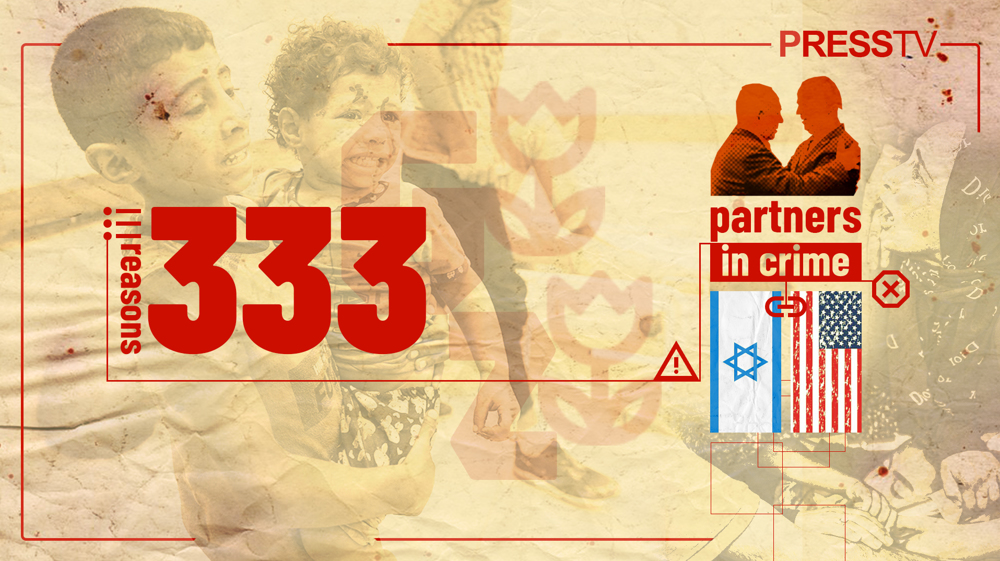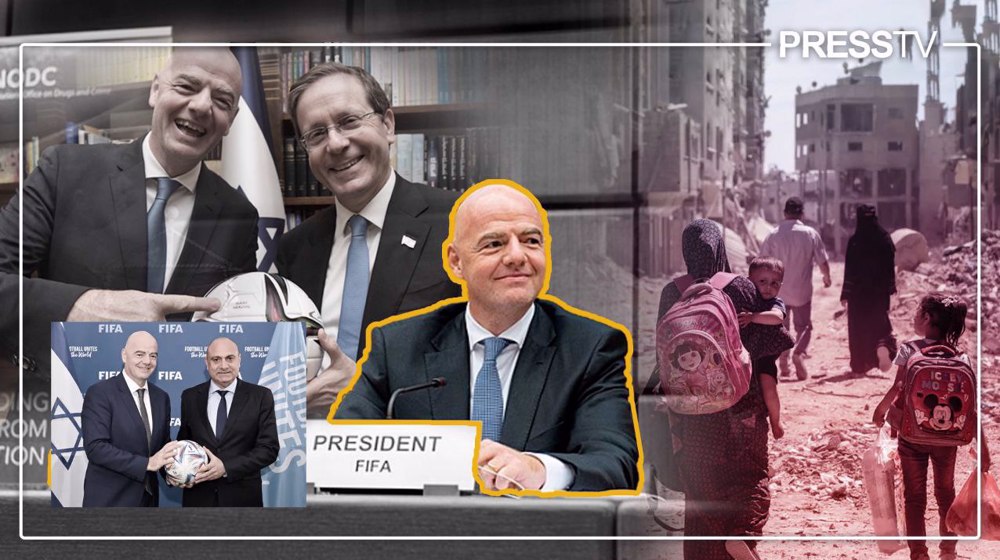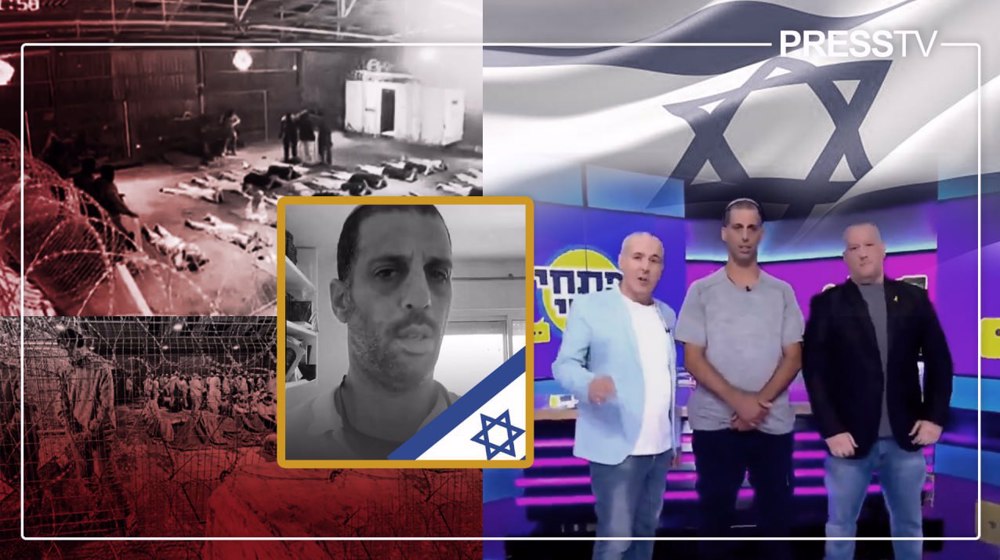Explainer: How did US-led 1980 coup at Iran's Nojeh base unfold and end?
By Ivan Kesic
On August 26, an Iranian court ordered the US government to pay $330 million in compensation to the families of the victims of the failed coup at Shahid Nojeh Air Base in western Hamadan province in 1980.
The verdict against the United States and seven other defendants was issued following complaints filed by the survivors and victims of the abortive coup.
After a comprehensive review of the case, the hearing of witnesses and the examination of available documents, the criminal proceedings culminated in a ruling that convicted the US government of "planning and executing" the failed coup.
The 55th branch of the Justice Administration of Tehran for International Affairs ruled that the United States must shell out $30 million for the "material and moral" damage it caused the plaintiffs and $300 in "punitive damages."
The lawsuit was submitted in court in August 2022, against the US government, the US State Department, the Pentagon, the Central Intelligence Agency (CIA), the Treasury Department, the Boeing company, and then-US President Jimmy Carter.
What was the coup plot?
Known as the 'Nojeh coup', it was a coordinated conspiracy between supporters of the overthrown Pahlavi regime, corrupt Iranian military officers, American, Israeli, and Iraqi Baathist officials and intelligence sleuths.
The joint plan was to overthrow the newly established Islamic Republic and the new Islamic government.
The Shahid Nojeh Air Base, located about 50 km from the city of Hamadan in the west of the country, was chosen as the coup's operational center.
The base was well equipped with aircraft and easily controlled by the conspiratorial officers, while most of the base personnel did not know exactly what their superiors were secretly up to.
It was also outside Tehran, full of revolutionary forces, but again close to the capital for planned airstrikes, as well as close to the border for an escape option in case of failure.
The first phase of the plan was the rapid capture of the Nojeh base by the traitorous units, in other words, the killing and capture of all the revolutionary forces stationed there.
It was further planned that the central command would be informed of a false air threat from Iraq from the west, and the 16 conspirator pilots would fly east towards targets in Tehran.
Who were the coup targets?
Their targets in Tehran were the house of Imam Khomeini, Mehrabad Airport, the Prime Minister's Office, the headquarters of the Islamic Revolution Guards Corps (IRGC), the Vali Asr and Imam Hossein Barracks, and several other important places.
After bombing the main targets, the plan was for the jets to break through the sound barrier and thus signal to the traitorous forces on the ground the beginning of the second phase of the coup operation.
At this stage, Mehrabad Airport, radio station, military headquarters and barracks would be occupied, after which martial law would be declared in the city of Tehran. If the ground forces did not succeed in capturing the radio station, the jets would bomb it.
According to the coup planners, the conquest of Tehran was equal to the conquest of Iran, believing that the rest of the country would surrender to them.
Unknown to the Iranian conspirators who fantasized about the return of the West-backed Pahlavi monarchy, the Americans had an alternative plan with the help of Saddam Hussein's regime in Iraq.
Washington believed that even with a half-successful operation and material losses, Iran would descend into chaos and civil war, opening the door for Iraq to quickly occupy Iran's oil-rich southwest provinces.
Such a situation would weaken Iran, which would force it either to agree to the new US-backed puppet regime or make concessions in negotiations the unfreezing of Iranian funds, the extradition of the dictator and his family, and the release of detained US embassy staff.
How was the plot thwarted?
Three days before the planned execution of the coup operation in July 1980, Nasser Rokni, one of the pilots in charge had moral dilemmas about killing his own Iranian citizens, so he confided to family members about the plan.
His mother convinced him that not only should he not take part in the operation, but it was his duty to inform the revolutionaries of all the details and thwart the coup.
The next morning, Rokni rushed to Imam Khomeini's house in whose yard the morning prayer was held, knocked and informed the guards that he had an important news to convey.
Rokni revealed all the details he knew, as well as information on the US's role in the coup and its financial assistance to the coup plotters.
In 2017, the Islamic Revolution’s Documents Center revealed that the US had played a main role in designing and implementing the Nojeh coup.
Speaking about the coup plot in May 2023, the Leader of the Islamic Revolution Ayatollah Seyyed Ali Khamenei said the plot sought to take over the army and end the revolution in which the plotters failed miserably.
Yemen vows to ‘meet Israeli madness with strength’
Iran's javelin gold at Paris Paralympics snatched away over display of religious flag
VIDEO | Unceasing genocide against Palestinians
NIOC chief says Iran determined to raise oil and gas output
VIDEO | Social media new powerhouse in Jordan 2024 elections
VIDEO | Press TV's news headlines
Family of US woman killed by Israel demands independent probe
Sept. 6: ‘Axis of Resistance’ operations against Israeli occupation










 This makes it easy to access the Press TV website
This makes it easy to access the Press TV website